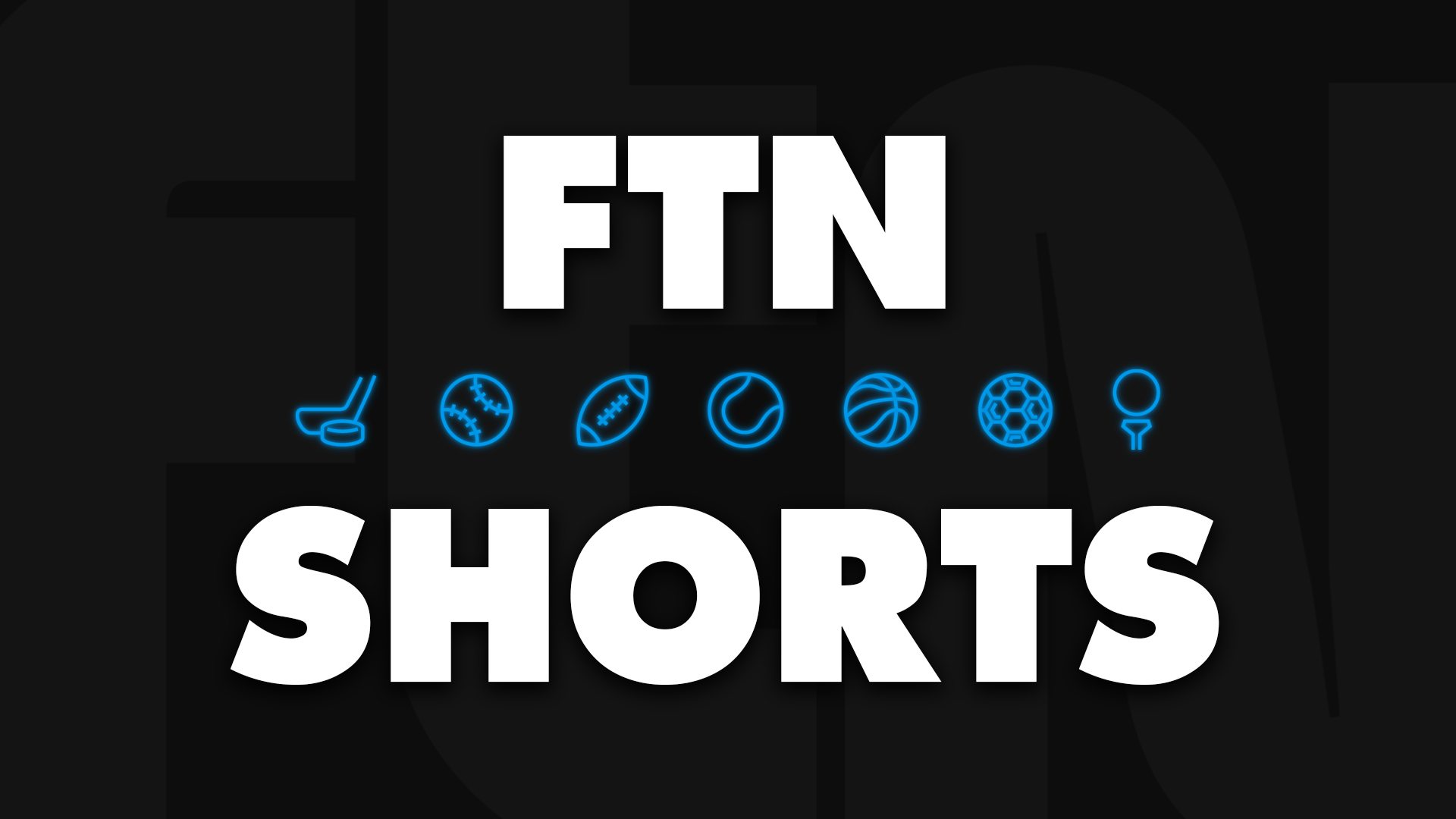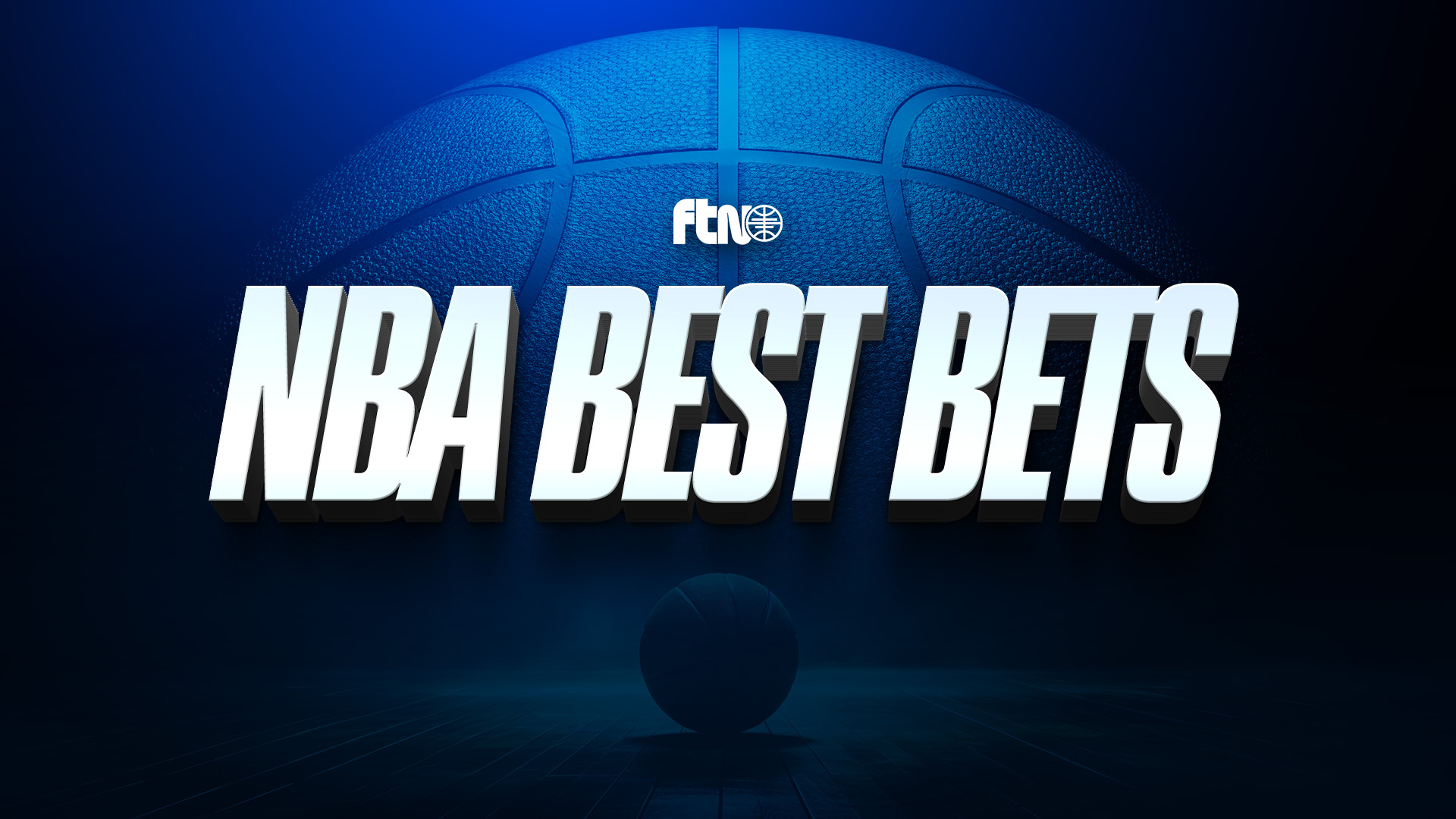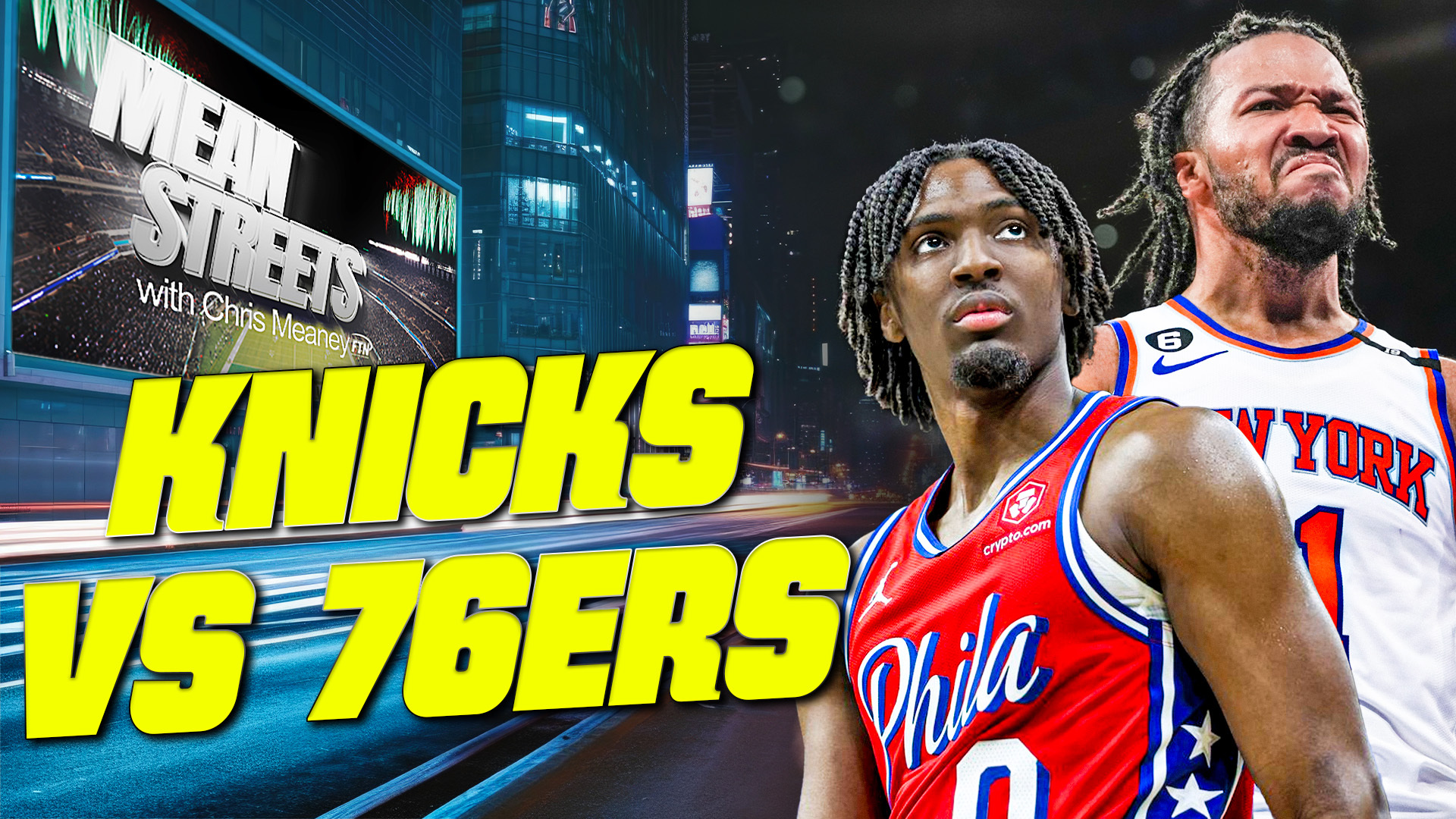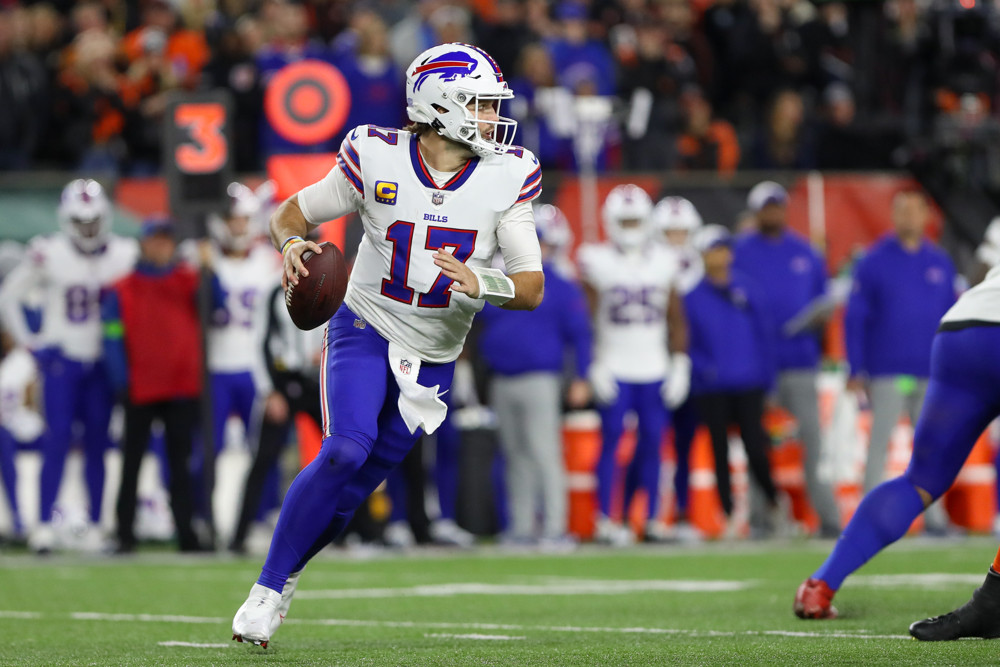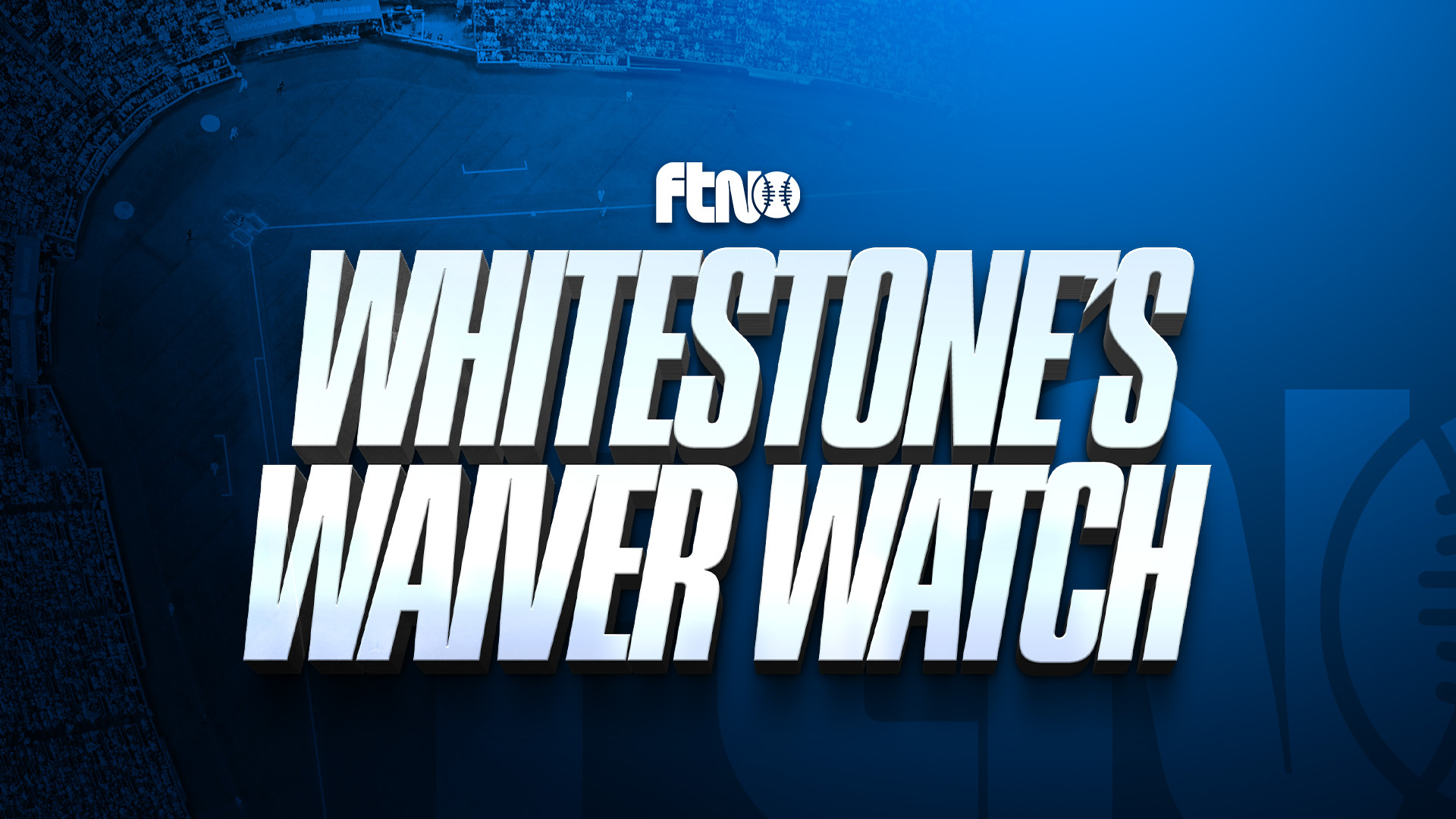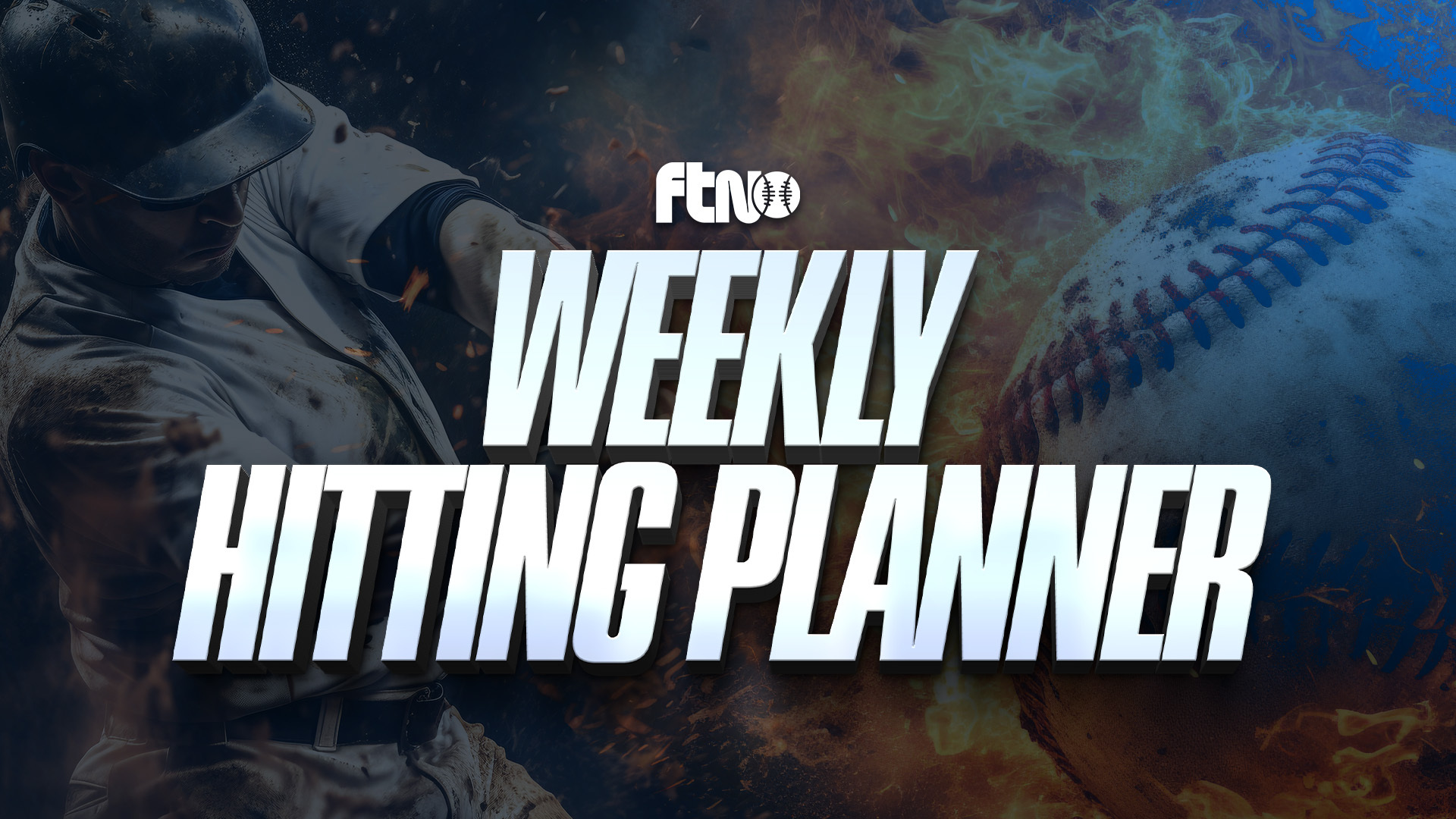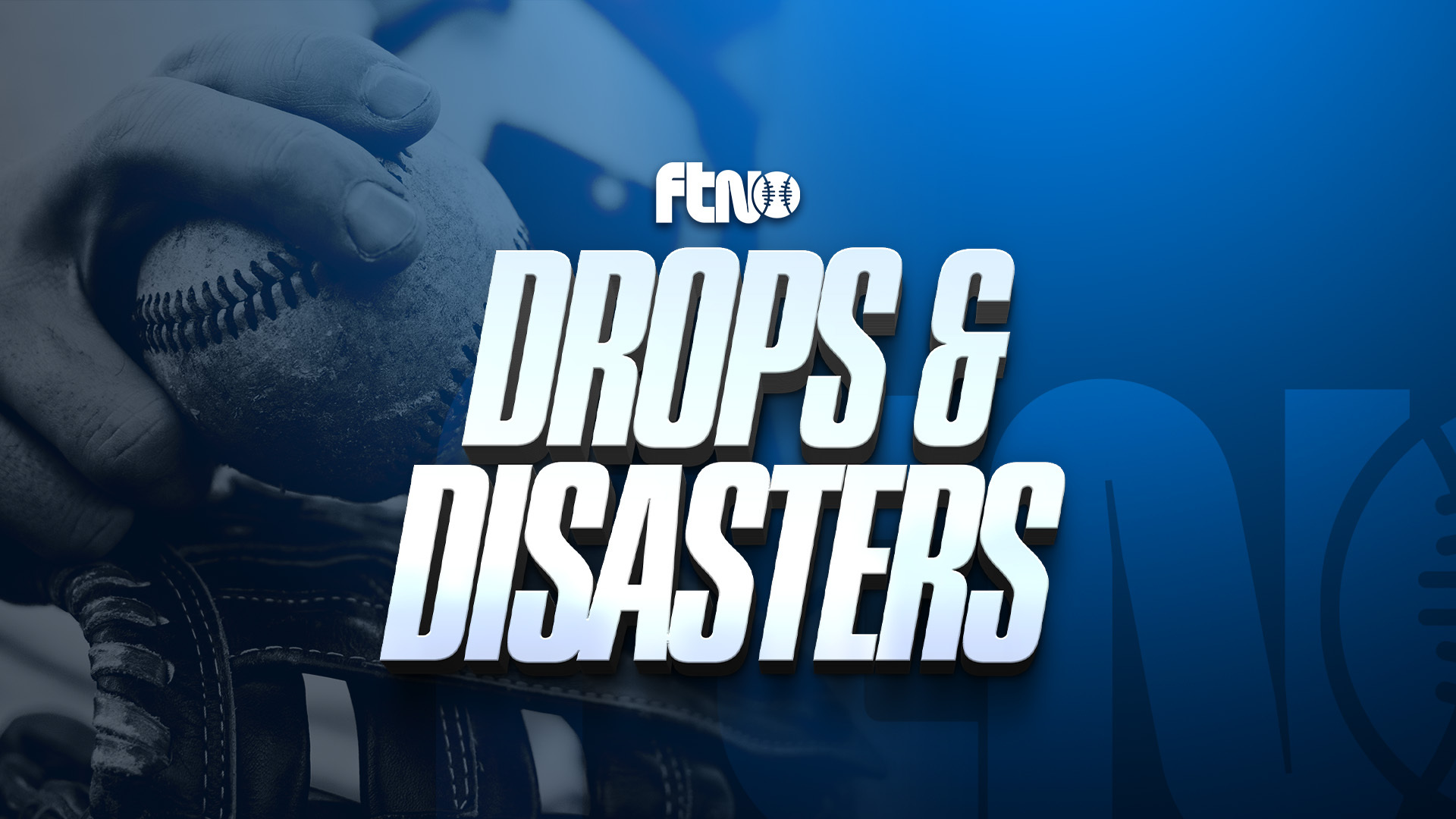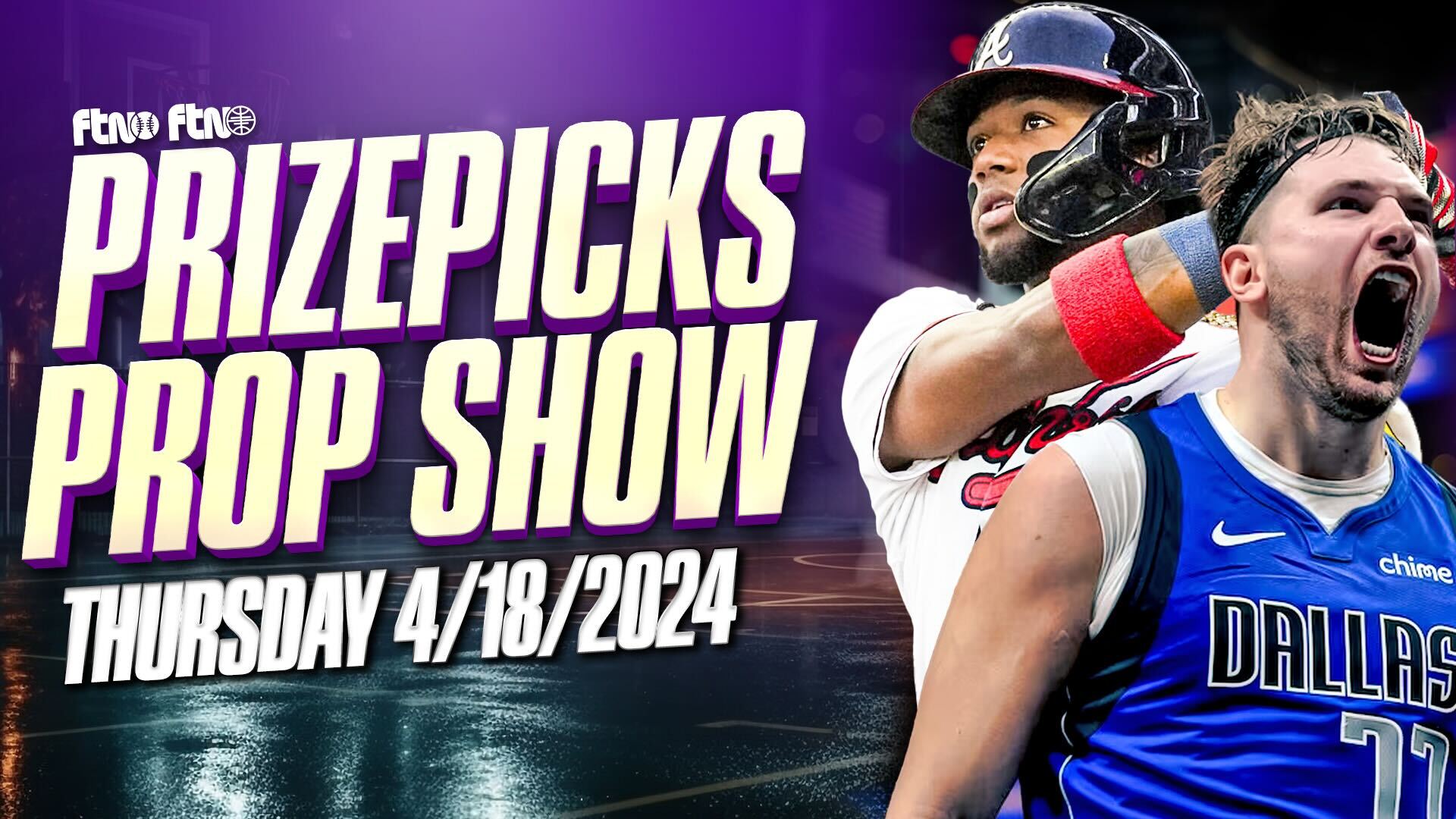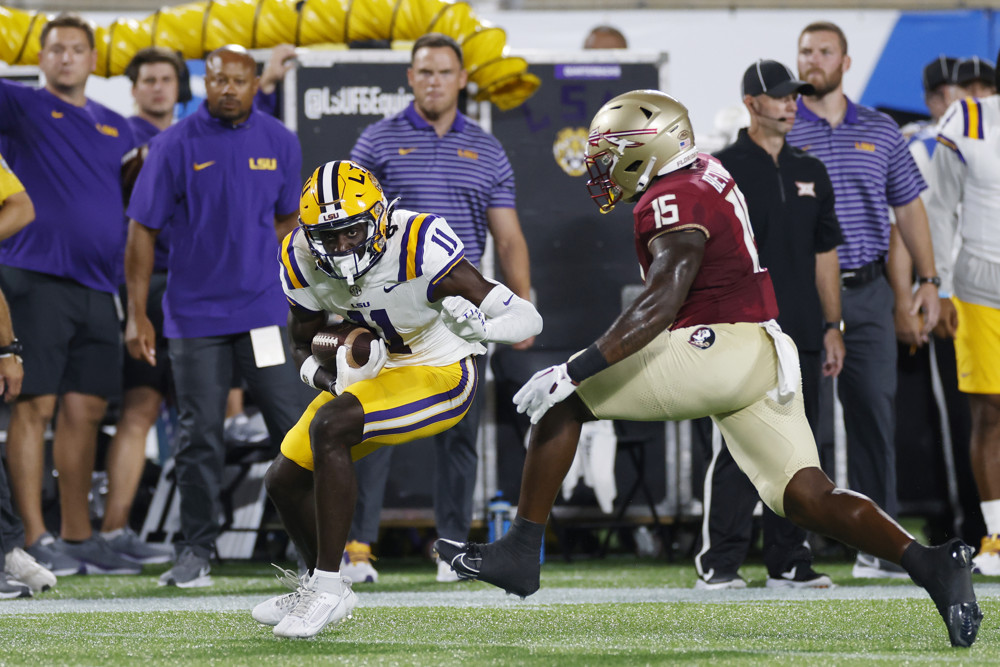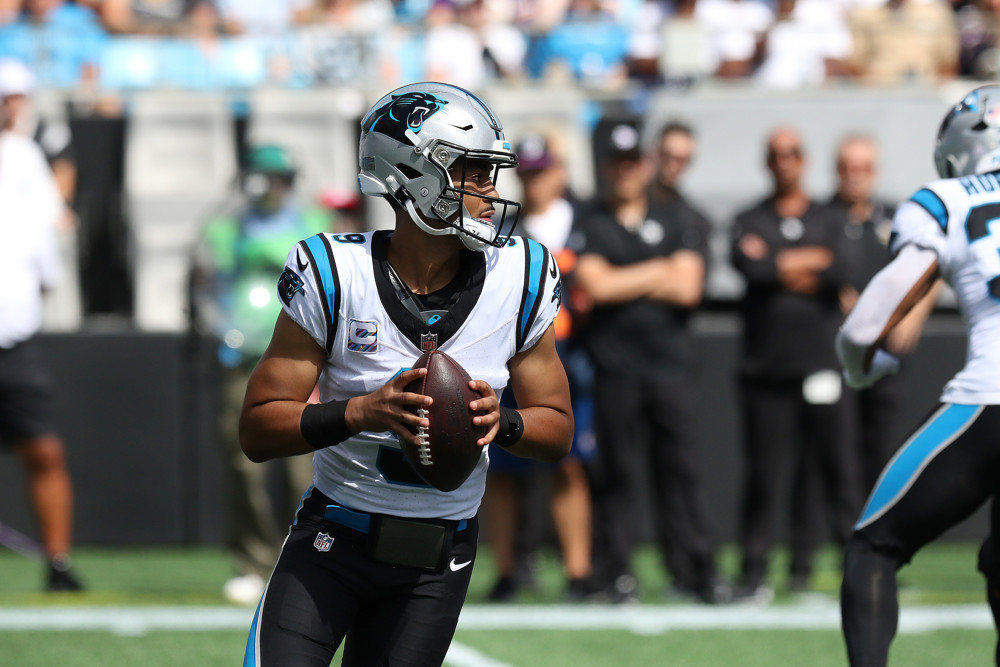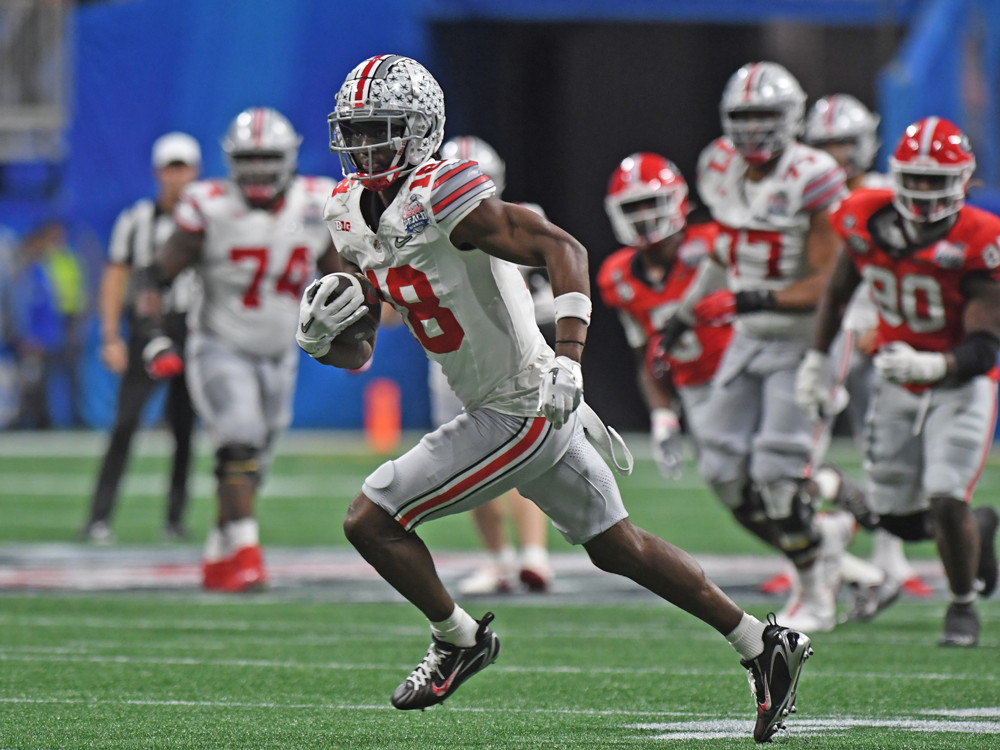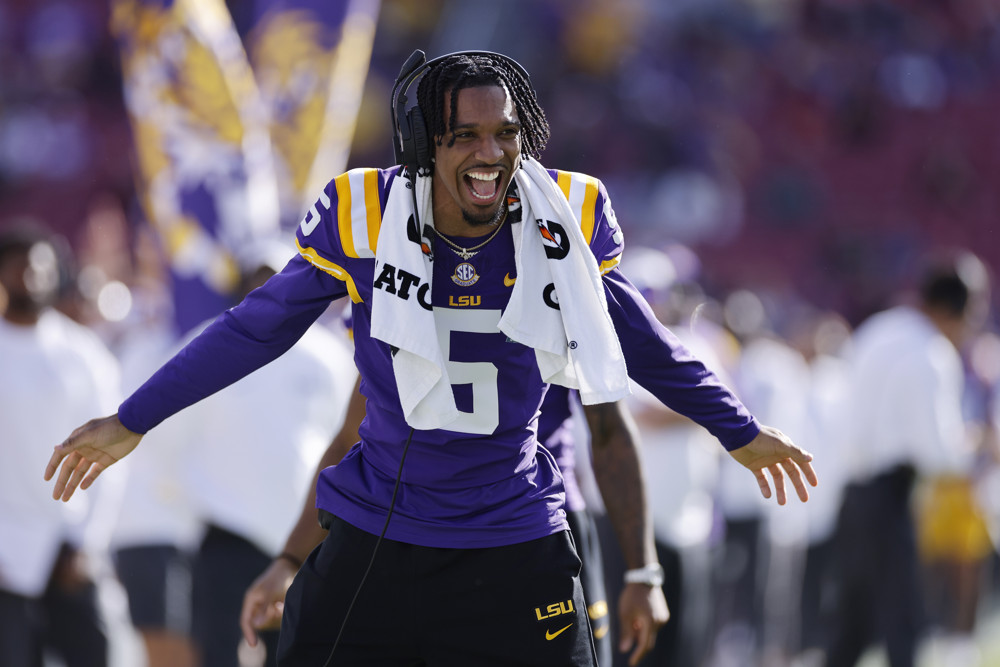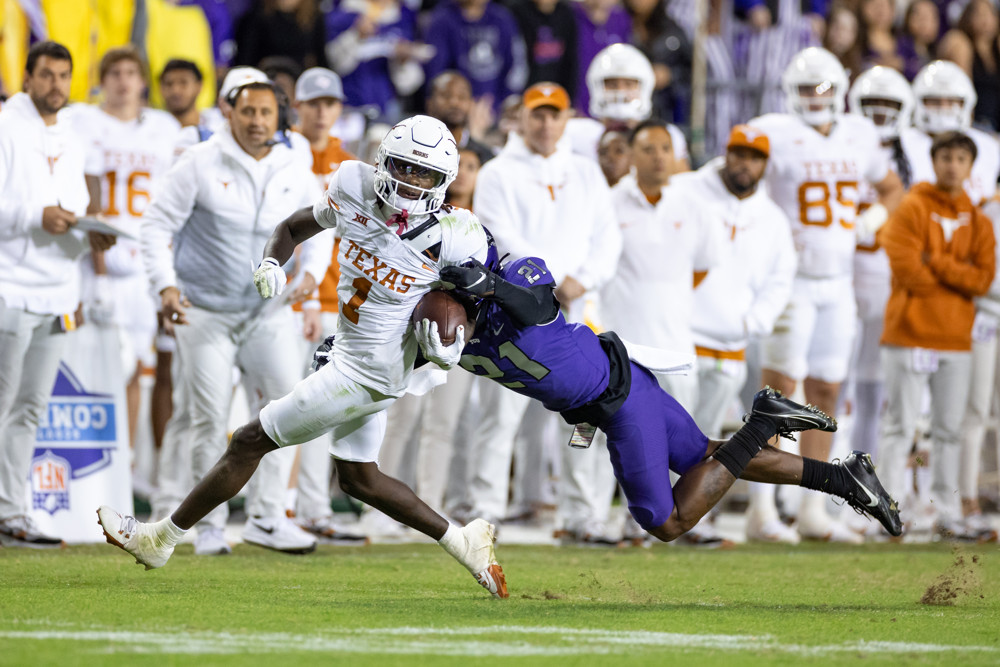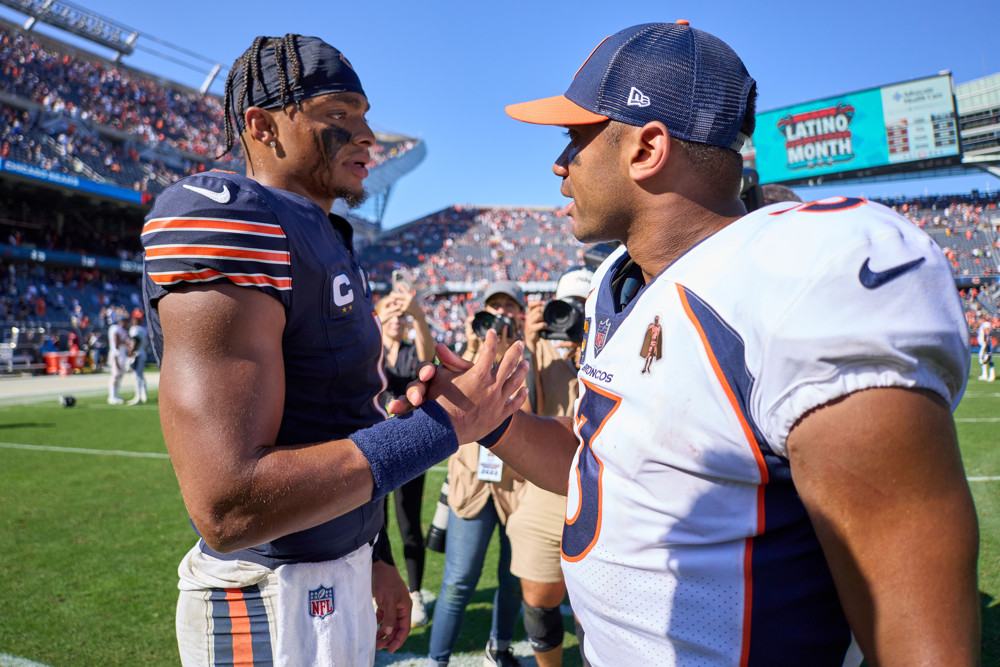
Nailing a fantasy football draft is about more than just finding good players. It’s about finding good value.
Every year, certain players are grossly undervalued by fantasy managers because there’s another, flashier option at their same position that garners all the headlines. It could be a No. 2 wide receiver being drafted later than a similarly talented No. 1 option, it could be a running back with an equal opportunity to emerge from a crowded backfield, or it could simply be an unfriendly situation pushing a player too far down draft boards in general. Whatever the scenario may be, there’s always a way to find value amidst the hype – or lack thereof – that surrounds every fantasy football player.
In this piece, I’m not necessarily arguing that the lower-ranked players will outperform the higher-rated ones, but I will argue that they’ll provide a better value at cost. With all that said, here are some player pairings where it makes more sense to wait a few rounds and draft the cheaper option.
All ADP data comes from the FTN Fantasy ADP tool.
Draft Jaylen Waddle, Not Tyreek Hill
ADP: Waddle 43.06, Hill 23.87
Last year, Tyreek Hill averaged 14.1 fantasy points per game, which outpaced Jaylen Waddle’s 12.1 mark by exactly 2 points. While those 2 points may make a significant impact over the course of a full season, looking at when those points were scored is an important factor. Using FTN’s splits tool we can see that Waddle’s performance increased by 3.4 PPG in Weeks 9-18 compared to Weeks 1-8, while Hill’s production over that same period dropped by an alarming 8.3 PPG.

The data tells us the arrow is pointing up for Waddle and may unfortunately be headed in the wrong direction for Hill. Throw in the fact Waddle already has a strong rapport with Tua Tagovailoa, and forecasting Hill’s numbers without Patrick Mahomes is a bit of an uncertainty, and I’ll gladly take Waddle and the two round discount in drafts this year.
Draft Trey Lance, Not Jalen Hurts
ADP: Lance 94.49, Hurts 69.10
Many fantasy analysts are calling Trey Lance “this year’s Jalen Hurts,” yet the difference in their respective price tags is a whopping 35 picks. When you look at their outlooks on paper, Lance and Hurts have similar profiles as they both possess rock solid rushing floors and are surrounded by elite playmakers in the passing game.
In a vacuum, I would absolutely rather have Hurts than Lance because he’s more of a surefire bet. However, once cost comes into the equation, the needle starts to move toward Lance. The players getting drafted in the same range as Hurts include Dalton Schultz, Allen Robinson, Michael Thomas and Damien Harris. Compare this to the guys with similar ADPs to Lance — Melvin Gordon, Brandon Aiyuk, Dawson Knox and Robert Woods — and I’ll gladly roll the dice on Lance plus one of the guys in the first group over Hurts and one in the second.
Draft Romeo Doubs, Not Allen Lazard
ADP: Doubs 160.80, Lazard 97.42
Following the Davante Adams trade, the Packers were criticized for their lack of attention to the receiver position. Most penciled Allen Lazard into the No. 1 role, but the pecking order in Green Bay’s receiver room is far from being set in stone. While all indications suggest Lazard will be a starter this season, there’s no guarantee he’ll be Aaron Rodgers’ favorite target. Through four seasons, all with Green Bay, Lazard’s career high in receiving yards is a pedestrian 513. I don’t see much upside with Lazard, and for that reason I’d rather take a swing on another Packers’ WR much later on in the draft.

Enter Romeo Doubs.
Following the NFL Draft, many hoped Christian Watson – Green Bay’s second-round selection – would be the future No. 1 option in the passing attack. Yet so far through training camp, it’s been fourth-rounder Doubs garnering all the buzz. It’s rare to see Rodgers praise a rookie, yet he and numerous Packer teammates have given kudos to Doubs on multiple occasions. The odds of Doubs putting up numbers anywhere close to Rodgers’ former No. 1 options are slim, but given his current ADP, Doubs is a worthy dart throw possessing plenty of upside.
Draft Christian Kirk, Not Darnell Mooney
ADP: Kirk 102.31, Mooney 71.33
While Christian Kirk’s overpriced contract may make him the butt of many NFL team-building jokes, the narrative surrounding him has made him a bargain in fantasy drafts. While he may not be the elite player his contract suggests, he’s still a solid receiver who’ll likely be the No. 1 option in an improved Jaguars’ offense. Meanwhile, Darnell Mooney (who I’ll admit is likely a more talented player) is going multiple rounds earlier despite finding himself in a similar situation.
When you analyze these two players at a high level, the narratives are largely the same. Both are No. 1 options tethered to promising second-year quarterbacks with new coaching staffs coming to town, and neither faces stiff competition for targets. At the end of the day, I’d bet on Mooney finishing the season higher ranked than Kirk, but I’d be surprised if the gap is wide enough to justify the massive gap in ADP.
Draft Zach Ertz, Not Dalton Schultz
ADP: Ertz 100.98, Schultz 64.40
Last year, Dalton Schultz finished as the overall TE3, but his high finish was more so a result of him playing all 17 games than it was a reflection of his on-field performance. On a per-game basis, Schultz averaged a respectable 10.0 points per game – good for fifth among tight ends – but that fifth-place ranking doesn’t tell the whole story. There were nine tight ends who finished the season averaging at least 9.0 PPG, so the difference between Schultz and the rest of the pack was fairly small. If you want to spend a mid-round pick on a stable tight end with an unexciting ceiling, Schultz may be your guy, but I’d much rather wait a few rounds and take Zach Ertz who I believe possesses a similar floor.
Ertz wasn’t one of the tight ends who eclipsed 9.0 PPG last year, but he wasn’t far behind at 8.5. However, to truly understand the outlook for Ertz in 2022, we should look at the 9.4 PPG he averaged following his trade to Arizona. Entering this season, the 9.4 mark feels like it should once again be attainable for Ertz even if his ceiling isn’t much higher than that. It wouldn’t surprise me one bit if he and Schultz finish within 1.0 PPG of each other come season’s end, and I’ll gladly forfeit that margin for a few extra rounds of ADP.


